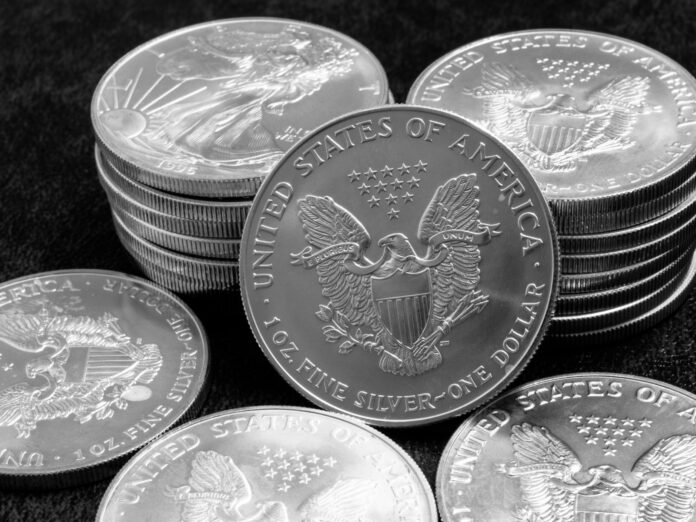Inheriting a silver coin collection can seem daunting at first. How much could it really be worth? How do you tell if a coin is worth something or just an everyday quarter from another country?
This guide will break down the different types of silver coins you’re likely to find in a coin collection. Not all coins are made equally, and their precious metal content can vary widely.
If you want to make the most money you can by selling silver coins, it pays to know what you have in your collection. Let’s get started identifying the most common types of coins.
#1 Junk Silver
These coins will likely be found in abundance in most coin collections. They are circulated currency coins minted back when real silver was still used in them. These are quarters, half-dollars, and dimes in the U.S. and Canada, made in or before the 1960s.
Canada stopped using silver in its coins in 1967, while the U.S. ceased the practice in 1965. Unless they are especially unique and potentially collectibles, coins from after these dates will be worth their face value.
Bullion buyers will still buy junk silver, as they may have it melted down or resell it in large lots.
#2 Bullion Silver
These are investment-grade coins made from pure silver (99.9%). In many collections, these will be the most valuable coins by weight unless it also happens to contain a coin that is remarkably rare and a coveted collector’s item.
Bullion coins are all made by national mints. Some of the more common coins include:
- Canadian Silver Maple Leaf
- U.S. Silver Eagle
- Mexican Silver Libertad
- U.K. Silver Britannia
- Austrian Silver Philharmonic
- Australian Silver Kangaroo
- Chinese Silver Panda
- South African Silver Krugerrand
You may also find round-shaped bullion products that look very much like coins but do not have a face value and were made by private refiners. These are called rounds and are similar to silver bars, though they may feature unique designs. The difference between a coin and a round is largely semantic. Rounds do not have a face value and are not legal currency, but most of the time, the bullion content of coins is worth more than the value printed on their face. However, it is worth double-checking the silver content of rounds, as not all refiners use the same standards that national mints do.
#3 Commemorative Coins
Beyond their standard-issue silver bullion coins, many mints also create commemorative coins that celebrate part of their national history, natural or cultural heritage, or more light-hearted pop culture.
Many commemorative coins are also pure silver. In fact, the U.S. Mint recently dropped its 90% silver composition for commemorative coins in favour of 99.9%, the same purity as bullion. They tend to cost buyers more, as the premiums are higher for the unique designs. Some commemorative programs even contribute money to related causes.
When you go to sell these, their value will usually be based on the bullion content.
#4 Rarities and Collectibles
Not all commemorative coins attain any numismatic (i.e., collectible) value. Coins that are too common and can be purchased just about anywhere will not obtain much in the way of extra value, but there are certainly rarities that do attract a collectibles market.
If you have something you suspect may be rarer, you can start by searching online. Next, take it to an expert numismatist to be evaluated.






















